What is Cellulite ?
Cellulite is an aesthetically distressing skin condition which occurs in more than 80% of women and rarely in men. It manifests as dimples and depressions which cause the skin to appear as an uneven surface - most frequently on the thighs, bum, and hips. It is very often associated with profound negative quality of life as it causes women to have self-image and subsequently self-confidence issues.

Causes of cellulite
The causes of cellulite are likely to be multifactorial and complex. To this day they are still not fully understood. A number of different treatments are available, from non-invasive to minimally invasive. Their efficiency is variable.
Cellulite is a dermatologic condition that affects post-puberty females predominantly. It is characterized by changes of the skin, especially in areas of greater fat storage, (thighs, bum, hips and around the waist). The appearance of the dermis is then often unflatteringly described as “mattress-like,” “cottage cheese,” or “orange peel”.

Cellulite and self-confidence
Although a painless condition, cellulite is associated with deep negative psychosocial effects. Its lumpy appearance does not correspond to modern tastes and fashion trends on social media. As a (sad) consequence, body dissatisfaction, psychosocial distress, anxiety, and decreased quality of life are highly prevalent among females with cellulite. They start feeling insecure and often lose some of their self-confidence. Their social life is impacted ; their happiness too.
Hence the legitimate quest for a solution to reshape their silhouette.
Today, the treatment of cellulite remains a challenge, mostly because it is a complex disorder with enigmatic origins.
Cellulite may be regarded as an architectural disorder of the skin.

Cellulite and hormones
Because males are much less affected by the condition, the female sex hormone oestrogen is suspected to play a major role in the development of cellulite. In addition, high-estrogen states, such as pregnancy, breast-feeding, regular use of oral contraceptives, or HRT (hormone replacement therapy) in menopaused women, appear to increase or worsen the development of cellulite.

A recent hypothesis also posits that vascular changes in the skin of the affected areas could be responsible for the appearance of cellulite. Scientists believe that an increased permeability of the capillaries associated with an augmented pressure are responsible for leakage of fluid between the fat lobules. The ensuing oedema could then accentuate the skin irregularities.
Cellulite : an inflammatory process
New research also suggest that a mild inflammation could play a role in the development of fibrous cellulite. Skin damage is indeed more severe in pro-inflammatory states such as obesity and insulin resistance.
A number of other factors may also contribute to the worsening of cellulite.
Aging reduces the collagen and elastin content of the skin. Age, however, should not be considered as a primary factor because aging of the skin occurs in both genders.
Improper diet and lifestyle factors are probable major contributors to the development of cellulite too. High-carbohydrate diets, alcohol and a sedentary lifestyle can lead to hyperinsulinemia and increase fat mass.
The grades of cellulite
The severity of cellulite may be graded :

Stage 0 : Skin is smooth both when lying down and standing up
Stage 1 : Skin is smooth when lying down but shows an orange-peel like aspect when pinching
Stage 2 : Skin is smooth when lying down but has an orange-peel-like appearance when standing
Stage 3 : Skin has an orange--like appearance both when lying down and when standing
Cellulite treatment options
|
Many
pathways are available today to help treat or diminish cellulite appearance,
including topical agents, oral treatments, massages, energy-based devices
(radiofrequency [RF], laser or light therapy, and acoustic wave therapy), surgery
and injectable treatments (dermal fillers and biologics). Among these,
topical agents and massages, focus on addressing the impaired
microcirculation in the dermis and the body’s drainage deficiencies. |
These are the earliest treatments for cellulite. They include numerous gels and creams that mostly contain a combination of active ingredients - typically methylxanthines (aminophylline, theophylline, and caffeine), retinol, and botanical extracts.
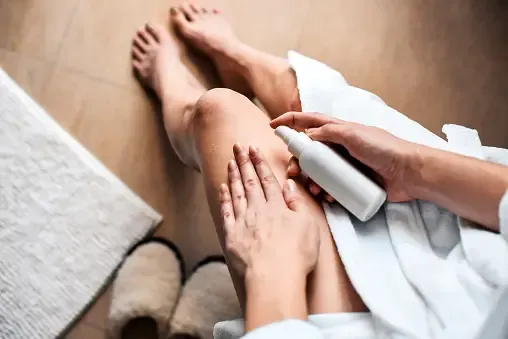
Their main purposes are to stimulate
- cutaneous microcirculation,
- dermal genesis of collagen, lipolysis,
- reduction of inflammation and oxidation;
- lymphatic drainage and reduction of oedema.
Caffeine and retinol are the most studied ingredients in oral formulations. Caffeine acts by boosting lipolysis. It also stimulates cutaneous microcirculation and is an antioxidant.
Retinoids act by increasing dermal thickness, producing new connective tissue components and reducing fibrosis.
Oral Supplements against cellulite
A plethora of oral supplements to improve skin appearance are available on the market. Supplements containing extracts of Vitis vinifera, Ginkgo biloba, Centella asiatica, Melilotus officinalis, Fucus vesiculosus, and fish oil are thought to be useful in cellulite treatment because of their antioxidant effects. There is very little clinical evidence of the efficiency of these supplements. However, significant improvement in cellulite severity and skin appearance are regularly reported in scientific studies in females with moderate cellulite with oral collagen consumption over a 6-month period.
Cellulite Massages
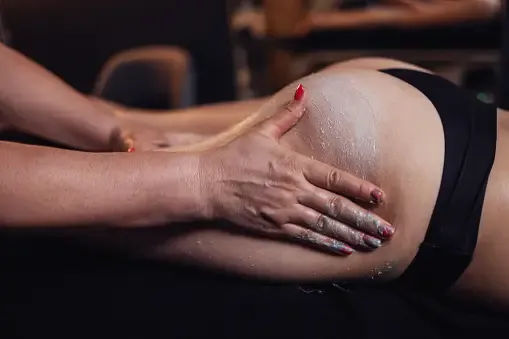
Massage is one of the oldest methods to tackle cellulite. It works by stimulating lymphatic drainage. It addresses the underlying impaired microcirculation and drainage deficiencies associated with cellulite. Massage can be performed manually or mechanically with the help of devices.
LPG Endermologie (Endo-Systems, LLC, Fort Lauderdale, FL) combines positive and negative pressure, and a vacuum-assisted mechanical massage system.
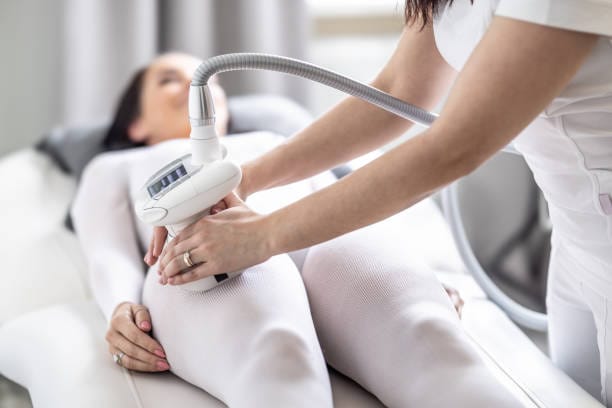
It works by causing damages to adipocytes which are redistributed to achieve smoother contours. The technique requires about 15 sessions of 30 to 45 min each twice a week for good but not permanent results.
Cellulite Energy-Based Therapy

Non-invasive, energy-based devices using RF (radio frequency), light and lasers, or acoustic waves have been extensively studied for the treatment of localized adiposity and skin laxity,

Radiofrequency
Radiofrequency devices deliver thermal energy to the target area. The generated heat elevates the tissue temperature of the target area, stimulating the production of collagen and facilitating the remodelling of the area. They also have a tightening effect on the skin.
The newer generation of RF devices have been shown to be effective in reducing the appearance of cellulite in clinical studies.
Light and Laser Therapy
Similar to RF devices, light and laser devices work by emitting thermal energy into the target area. The extent to which the emitted energy penetrates the target tissue is dependent on the wavelength. The heat generated stimulates collagen production and increases microcirculation improving cellulite appearance.

Ultrasounds
Acoustic wave therapy is widely used to treat musculoskeletal injuries, as it helps improve cutaneous microcirculation, collagen production, and lymphatic drainage. Because of these effects, acoustic waves are also used as a treatment for cellulite to help restructure the skin and smoothe its appearance.
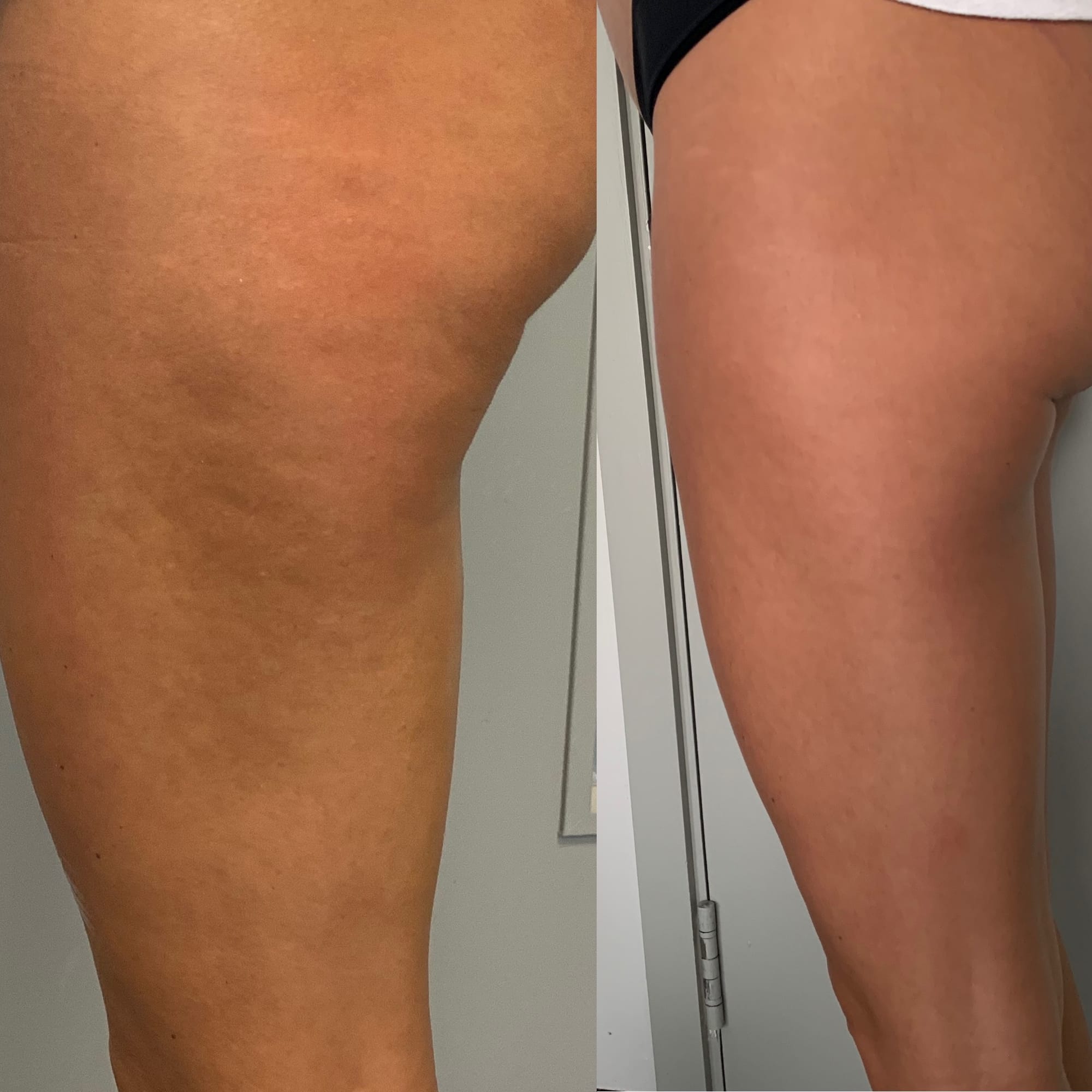
Radial shock waves are low energy, they are generally thought to have superficial tissue effects;
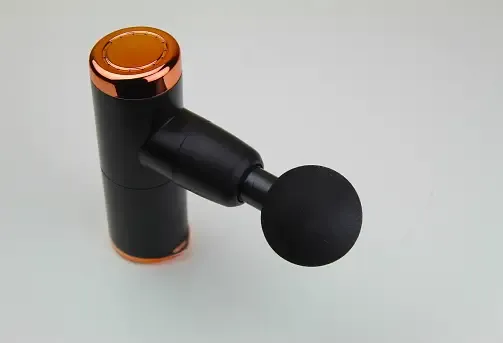
but they can penetrate up to 25 mm, thus reaching subcutaneous fat and connective tissue structures.
Because the causes of cellulite are multiple, because we all have the different types of cellulite (aqueous, fibrous or adipose) in different percentages, the best treatments and procedures are the ones that associate several methods. The "combination" treatments ( like the Brazilian Lift in Medicare Francais and Kensington International Clinic) will use in the same session 3 or 4 techniques that will each target and treat a different aspect of the cellulite.
Injectable treatments and surgery are possible but invasive solutions to be discussed with your doctor




